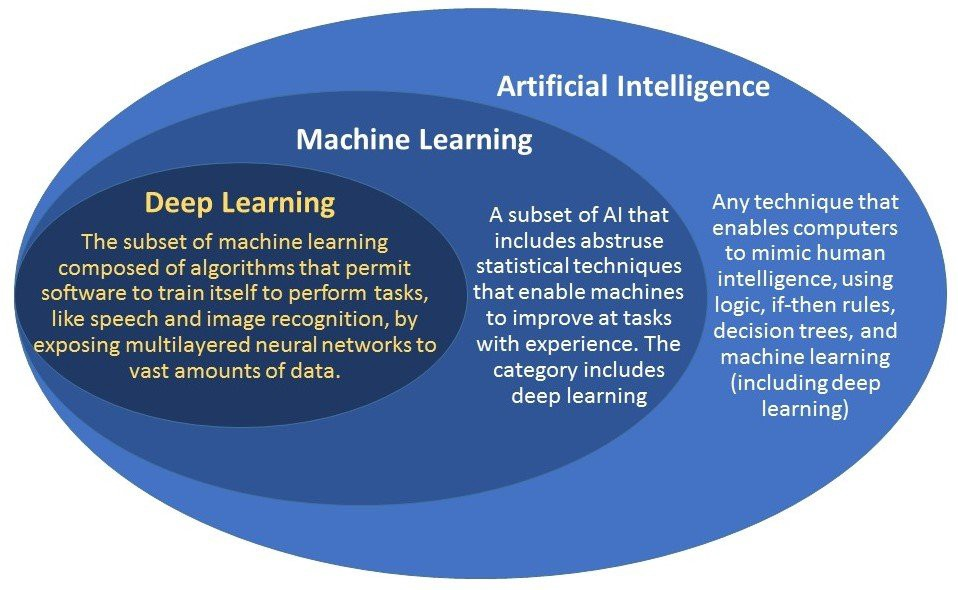Additive Manufacturing (AM), commonly known as 3D printing, is changing the way products are being designed, manufactured and maintained. Almost everything around us has been created in a factory and was partly made possible innovations in manufacturing processes. AM refers to a process in which digital 3D design data is used to build up a component in layers by depositing material. Even though most of the cornerstone AM processes were invented and first commercialized more than 25 years ago, Additive Manufacturing has only recently been widely considered for the manufacturing of end products. The following figure shows the process of AM.

Figure 1 – The process of Additive Manufacturing
The AM process normally starts with the creation of a digital 3D model by using a computer-aided design software tool (CAD) or by scanning an existing part with a 3D scanner. The manufacturer saves the digital model as a STL (Standard Tessellation Language) file, which is a triangulated representation of the model. STL is the current standard file format of choice. Specialist software is then used to slice the model into layers, creating a 2D representation of each slice of the part. The 2D representation is translated and exported as instructions that an AM system can understand, such as a toolpath or motion coordinates before the machine starts to manufacture the part.
It took a long time to find the correct definition for Artificial Intelligence (AI). Over the past 70 years many people created a definition, but all definitions assigned intelligence to certain things, even though the ability they possessed did not require intelligence. It was not until Ellaine Rich created a definition that was both timeless and concise (Ertel, 2008):
“Artificial Intelligence is the study of how to make computers do things at which, at the moment, people are better.” (Rich, 1983)
One of the most important human skills is adaptivity. Humans get used to a new environment within seconds and can decide whether or not they should interact with the environment and if they do, how to interact with it. And even when interacting with the environment does not work out as intended, people learn from the situation and adapt their behavior accordingly. The ability to learn things is another important aspect of intelligence. Correspondingly, Machine Learning (ML) which enables machines to improve at tasks, is a big subtopic of AI (Ertel, 2008). One step further, there is Deep Learning (DL), which is part of ML. DL describes the ability of software to train itself and improve in tasks.

Figure 2 – Structure of Artificial Intelligence (Costa, 2019)
The creation of 3D models is a highly complex task, which requires a lot of information and knowledge to create a 3D model out of the given framework conditions. To simplify the process, it is possible to use a 3D scanner if there is already an existing part. Then the user must only perform optimizations on the 3D model. Currently AI takes a supporting role in creating 3D models. One tool, which is driven by AI in many CAD programs, is a topology optimization tool. This tool can be used to optimize scanned 3D models or to verify surface models for gaps. Therefor the tool not just analyzes the geometry it also makes suggestions how to optimize it. Another way AI is implemented in a CAD environment is by using a DL algorithm which takes track on the steps which are done to create certain 3D models. With time the DL algorithm learns which steps are commonly followed by others, so that it can make suggestions on how to complete the 3D model (digitalengineering247, 2020).
Preprocessing which includes slicing is a very time and labor consuming part of AM processes. Especially in cases where printed parts have high requirements in shape or properties, only experienced engineers are suitable for this task, which increases the costs even more. Therefor preprinting evaluation tools based on AI are developed. The goals of these tools are to improve part consistency and reliability while also reducing labor, as well as production time and costs. In addition to this the tool can replace the otherwise required engineer, who – because of his human nature – is more susceptible to errors (Boissonneault, 2020).
Depending on the AM process, 3D printing can consist of several steps. In some cases, AM processes use sinter-based technologies which require sintering to give the printed part its final shape and material properties. The problem that arises through sintering is the deformation of the part in the process. This results into a trial-and-error phase during the production of every new designed part. To counteract this effect ML is used to precalculate the deformation and adjust the model accordingly. Thereby the production process can getshortened, and the costs can be lowered (Additive Intelligence, 2021).
Prepared by Institute for Product Development and Innovation, University of Applied Sciences Düsseldorf, Germany
Bibliography
Additive Intelligence, 2021. CES 2021 Additive Intelligence drastically reduces the cost of metal 3D printing with AI, New York: Cision PR Newswire.
Boissonneault, T., 2020. PrintSyst.ai announces next-gen AI engine, the 3DP AI-Perfecter, Farnham: 3D Printing Media Network.
Costa, C. D., 2019. What Is Machine Learning & Deep Learning?, s.l.: medium.
digitalengineering247, 2020. Deep Learning Meets 3D Modeling, s.l.: s.n.
Ertel, W., 2008. Grundkurs Künstliche Intelligenz. Wiesbaden: Vieweg-Verlag.
Rich, E., 1983. Artificial Intelligence. New York: McGraw-Hill


